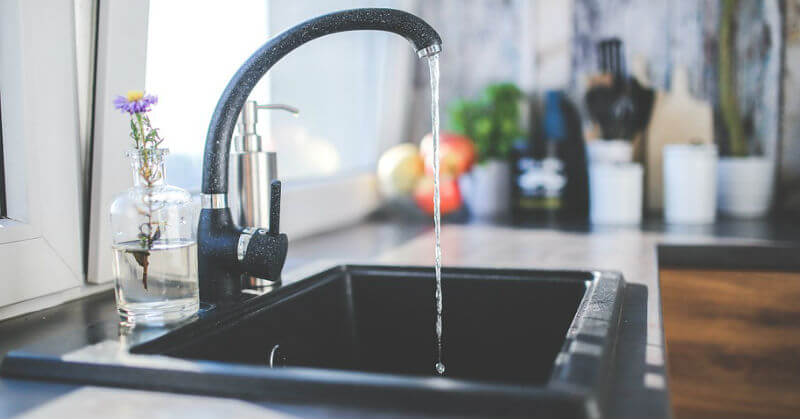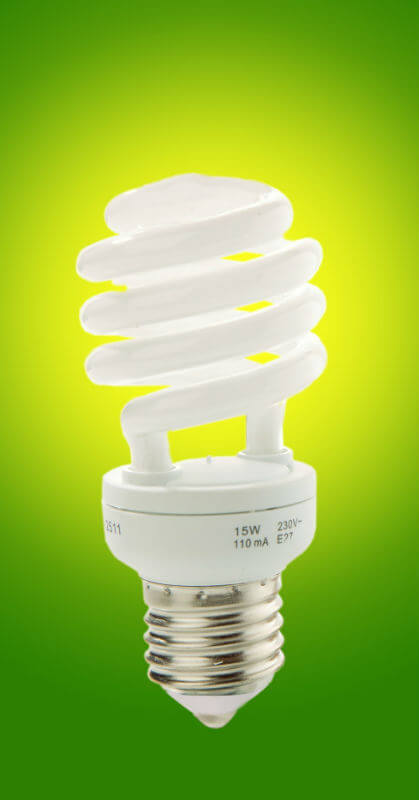4 Simple Ways to Go Green at Home
Oh Lardy! is a participant in the Amazon Services LLC Associates Program, an affiliate advertising program designed to provide a means for us to earn fees by linking to Amazon.com and affiliated sites.

There are a million and one amazing reasons to go green, but knowing where to start — and what to do — can be a bit overwhelming. Fortunately, there are a number of easy ways to embark on your green journey; all it takes is a little focus and a lot of practice.
Make Your Own Green Cleaners
Making your own household cleaning products is not only a ton of fun, it’s a great way to save money; most DIY cleaners cost less than a dollar to make! Plus, it’s great for the environment, as it allows you to reuse containers instead of buying multiple plastic bottles. Just make sure you’re using the right product for the right surface. Some alkaline ingredients (think baking soda and sodium carbonate) can leave microscopic scratches on marble or granite. These scratches can harbor bacteria and germs, which is obviously something you want to avoid.
Here are three fantastic DIY cleaner recipes to get you started!
Stop Using Disposable Plastics
Plastic is a double-edged sword. While it’s had an undeniably positive impact on our lives, it’s also caused irreparable damage. Disposable plastics cause the most harm, as we use them once and then throw them away. One of the easiest and most impactful ways you can go green is to ditch disposable plastics and replace them with reusables. Here are some ways to do so:
- Bring cloth or canvas bags to the store instead of using plastic shopping bags.
- Invest in reusable produce bags.
- Wherever possible, buy products in boxes instead of bottles. Cardboard is more easily recycled than plastic.
- Purchase food like cereal, pasta, and rice from bulk bins. Store them in glass containers at home.
- By fresh fruits and veggies instead of products that come in single-serving cups.
- Pack your lunch in reusable containers and bags.
- Carry a travel mug, silverware, and a reusable water bottle in your bag. Use these instead of disposable cups and plastic silverware when you’re on the go.
- Bring your own container for take-out; many restaurants use styrofoam.
- Stop using plastic straws. If you absolutely must use a straw, invest in a reusable stainless steel or glass version.
- Use a razor with replaceable blades instead of disposable razors.
Start small — say, by purchasing a reusable straw — and work your way up. Before you know it, you’ll have cut down your plastic use considerably!
Cut Down on Energy Consumption
You’d be amazed how much energy — and consequently money — is wasted in the average home. Keeping an eye on your energy consumption and cutting back where you can is a great way to go green and save a little dough at the same time. Before you do anything, look into getting a professional home energy audit. An energy auditor will go over your home with a fine-tooth comb, examining windows, doors, wall insulation, lighting types, etc., to establish the areas where you’re losing the most energy.
You can conserve energy in your home in a number of different ways:
- Install a programmable thermostat. Use it to set the temperature back at night to lower your heating bills.
- Change/clean your furnace filter once a month, as dust and dirt will clog vital parts, making your furnace run harder.
- Use ceiling fans to circulate air throughout the house and take some of the load from your heating/cooling unit. Run the fan clockwise during the summer, and counterclockwise during the winter.
- If you use your fireplace, have the chimney cleaned and inspected regularly. If you don’t use it, plug the chimney with an inflatable seal.
- Seal doors and windows with caulk, weatherstripping and plastic film.
- Switch to compact fluorescent light bulbs (CFLs). They use 75 percent less energy than typical incandescents, and last 10 times longer.
- Use natural lighting whenever possible.
- Consider installing solar panels. It will cut your electric bill and increase the value of your home.
- Use smaller kitchen appliances when it makes sense. Microwaves, toaster ovens, and slow-cookers can use up to 75 percent less energy than a large electric oven.
- Vacuum the refrigerator coils twice a year to keep the compressor running efficiently.
- Set the water heater temperature at 120 degrees to save energy and prevent scalding.
- When washing clothes, only use hot water for very dirty loads. Always use cold water for the rinse cycle.
- Clean the lint screen on the dryer every time you use it; a clogged lint trap can make your dryer use up to 30 percent more energy.
Reducing energy usage is a lot easier than most people think, and it pays off in spades. Often times it’s as simple as turning off the lights, opening the blinds, and letting the sun shine in.
Mind Your Water Use
Humans are water wasters, plain and simple. It’s time for us to all do our part and stop squandering this precious resource. Here are just a few ways you can become an eco-water-warrior:
- Defrost frozen foods in the microwave or the refrigerator instead of running them under water.
- Wash fruits and vegetables in a container rather than letting running water go down the drain.
- Wash dishes in the dishwasher! Modern dishwasher use far less water than hand washing.
- Brush your teeth and shave at the sink rather than in the shower.
- Turn off the tap while shaving, brushing teeth, and lathering hands
- Use a timer to keep your showers short and sweet — 5 minutes is best!
- Invest in low-flow showerheads.
- Replace any toilet installed before 1992 with a high-efficiency model.
- Don’t use your toilet as a garbage can: only flush it when disposing of sanitary waste.
- You can even harvest rainwater for toilet flushing use!
- Use towels a few times before washing them.
- Do not water your lawn every day (or even every other day.)
- Raise the height of your mower blade to three inches and mow less often; taller grass shades roots and holds soil moisture better than short grass.
- If at all possible, consider an alternative to a grass lawn.
- Do what you can to prevent water pollution. Don’t flush medications down the drain, use non-toxic household cleaners, and don’t put anything but water down the storm drains.
Going green can be a challenge, but if you put your mind to it, you’ll find yourself feeling a lot better about your impact on the planet. Remember, you don’t have to do everything at once — baby steps are the key to success. Let each change you make become a habit before moving on to a new one. Good luck!
Liz Greene is a dog loving, beard envying, pop culture geek from the beautiful city of trees, Boise, Idaho. You can catch up with her latest misadventures on Instant Lo or follow her on Twitter@LizVGreene.
Does the thought of removing chemicals from your home seem daunting to you? Don’t sweat it. In just 5 days you can be well on your way to a toxin free home! Grab your 5 easy steps here!
Pin It!

